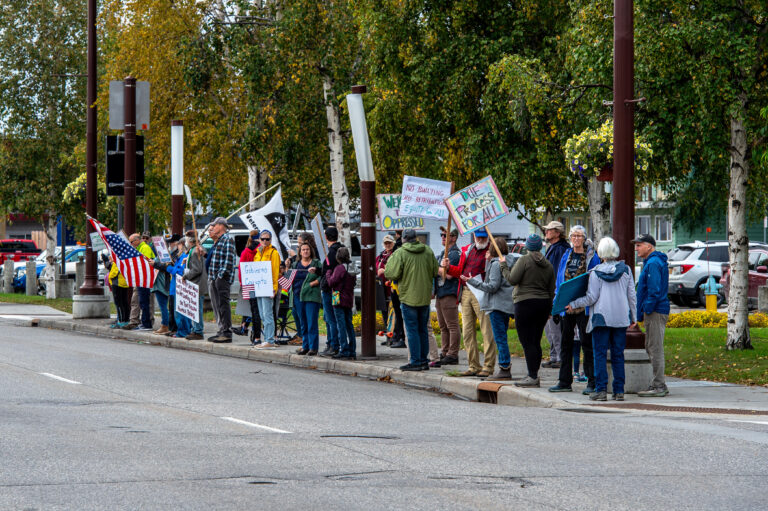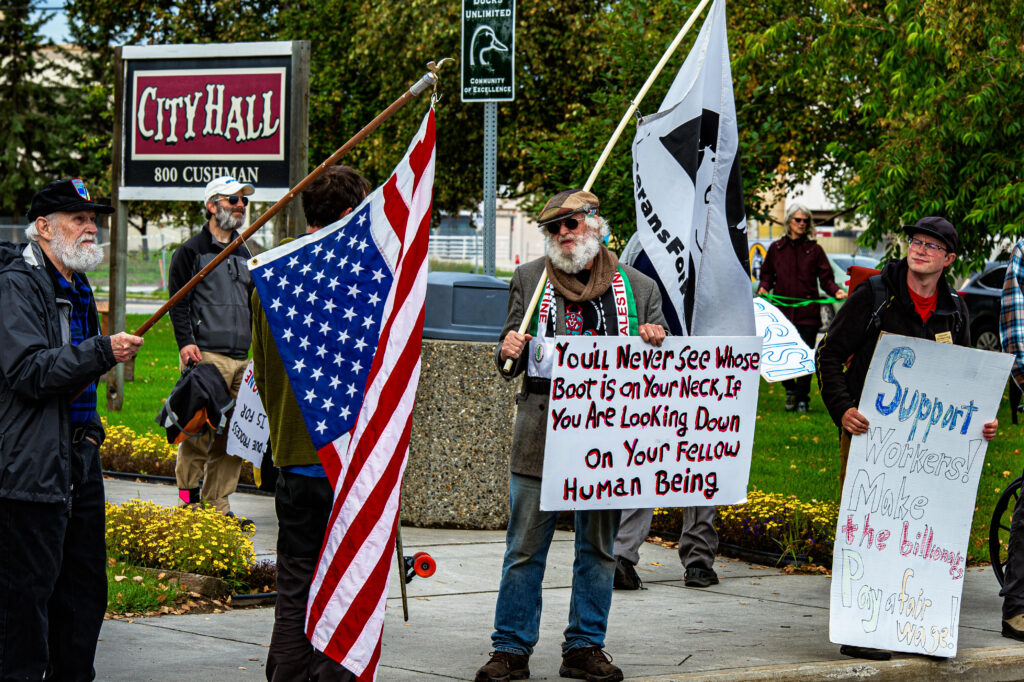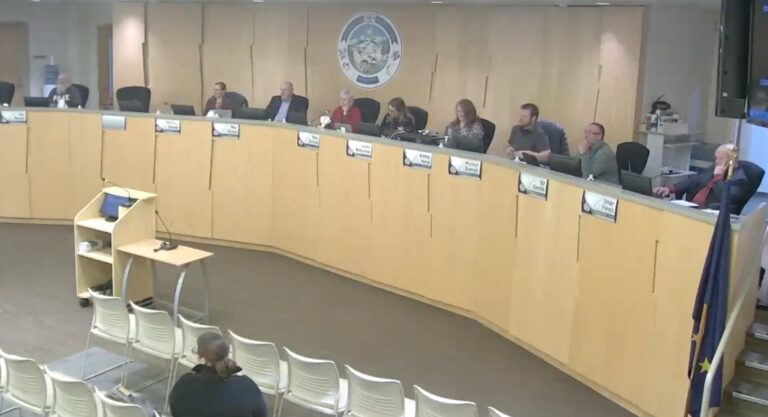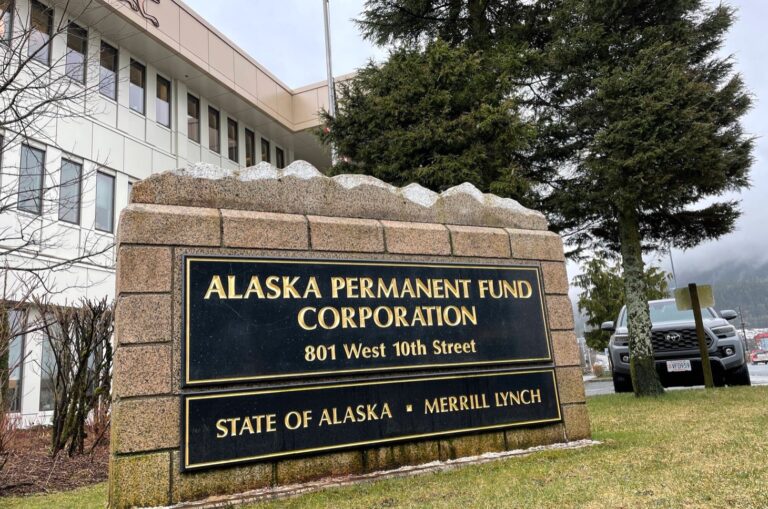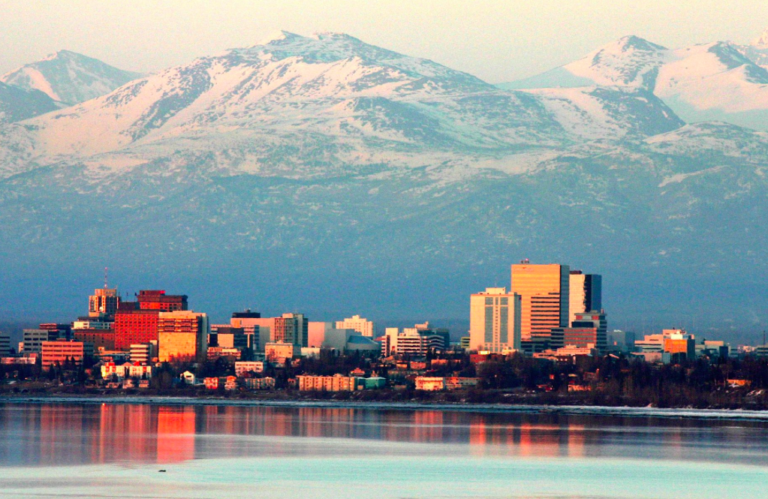By LINDA BOYLE
Big Pharma is worried its cash cow is coming to an end. Under HHS Secretary Robert F. Kennedy Jr., there will be no more emergency use authorizations, no more rubber stamping approval without the data to back up vaccine decisions.
All this leaves investors nervous and leads Big Pharma without the needed backers to push forward.
The Biotechnology Innovation Organization, which is made up of various pharmaceutical companies, had a closed door meeting on April 3 to strategize on how to decrease the influence of Sec. Kennedy. There must have been a mole in the room, as the information from that meeting was eventually leaked.
Disclosure: The document’s authenticity is not yet verified, but its contents paint a vivid picture of an industry desperate to protect its profits from Kennedy’s reformist zeal.
If accurate, the information is damning.
BIO leadership, according to the leaked document, stated plainly, “It is time to go to The Hill and lobby that it is time for RFK Jr to go.”
The focus of the meeting was, indeed, centered on how to get rid of Kennedy. It’s critical to recognize their strategy is not to attack Kennedy directly, but to use any conservatives they can find to back up their beliefs that vaccines are good. They are looking to conservative bloggers, congressional representatives, and influencers who may be willing to tout the “all vaccines are good” party line.
They were looking for pawns to carry their message of destruction.
Among the figures named as potential allies in this covert effort: Dr. Mehmet Oz, former Sen. Richard Burr (former Senator NC; Advisor DLA Piper Health Policy Steering Committee), Sen. Bill Cassidy (in a section of the document focused on strategic influencer engagement and legislative positioning), and the American Enterprise Institute. The memo of the meeting suggests these individuals and institutions could “provide a veneer of bipartisan legitimacy to BIO’s core aim: neutralize Kennedy without ever addressing the substance of his critique.”
BIO also plans to spend $2 million of its $4 million budget reserve on a pilot project on vaccine messaging specifically in the D.C. area. The campaign entitled “Why We Vaccinate” is not focused on education, bur rather is focused on behavioral influence. They will incorporate “inspire and frighten tactics to manipulate public sentiment and legislative behavior.”
This is a multi-pronged approach made to deceive the public, silence dissent, and preserve industry’s dominance.
And what better place than Washington DC to pilot your commercials-given its location and political beliefs.
Why is BIO so upset? BIO openly stated that with the changes coming to the approval process, investors have cold feet. With Kennedy’s desire to restore Big Pharma’s liability and restore the approval process with long-term data and placebo-controlled trials, BIO considers these changes as a threat to the entire shortcut pipeline BIO built under EUAs.
It’s again the old “follow the money.”
Such scrutiny in the approval process and potential loss of “no liability” for Big Pharma could make their current profit model obsolete. Capital is leaving the vaccine sector, and Kennedy’s reform agenda makes it difficult for Big Pharma executives to “assure investors that the regulatory terrain remains exploitable.”
The leaked document does not include a discussion of scientific debate, nor does it outline an approach to address Kennedy’s policy proposals, such as the need for preclinical safety testing, raw data publication, long-term health tracking, and the restoration of manufacturer liability. Instead, BIO’s strategy is described as focusing on influencing public perception and using surrogates to gain support.
Big Pharma’s cash cow needed to be shored up—needed to be reaffirmed as the only way to save us from disease. They are willing to do whatever it takes to make that happen.
Just remember, if you are taking flak, you’re probably over the target.
This is another grab-your-popcorn moment — there is much more to come.
And while you’re at it, stop by our page Alaskans4Personal Freedom (www.ak4pf.org) and sign up for our all-day event on Oct. 11 in Anchorage. Our extraordinary Outside speakers and our own Dr. Ilona Farr will enlighten you on what’s really happening. No fear mongering. Just the truth.
We look forward to seeing you there!
Linda Boyle, RN, MSN, DM, was formerly the chief nurse for the 3rd Medical Group, JBER, and was the interim director of the Alaska VA. Most recently, she served as Director for Central Alabama VA Healthcare System. She is the director of the Alaska Covid Alliance.
Linda Boyle: Medical establishment in revolt against CDC on Covid jab guidance
Linda Boyle: Medical freedom on the line as Alaska medical board decides physician assistant’s fate
Linda Boyle: Dr. Pierre Kory and the War on Ivermectin: A life-saving medicine silenced
Linda Boyle: Pediatric professional group puts profits above patients





